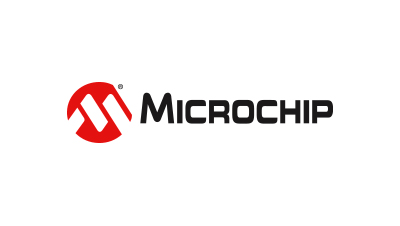Lighting & smart building solutions
Microchip PDS-408G switch for cost-effective smart lighting systems

The adoption of commercial smart lighting systems has grown significantly as organizations strive to improve energy efficiency and operational costs in buildings. Power over Ethernet (PoE) is rising in popularity for these systems, providing a reliable and easy-to-install solution that manages power and data over a single Ethernet cable. Microchip’s IEEE® 802.3bt-compliant PDS-408G PoE switch is ideally suited to capitalize on the growing demand for energy-efficient lighting systems.
Designed to be deployed in the ceiling or in communications rooms, the PDS-408G fanless digital ceiling PoE switch offers an optimal and cost-effective solution for PoE lighting and other digital ceiling applications. It allows lighting fixtures and other Ethernet terminals to efficiently receive power, along with data, over standard Ethernet cables. The PDS 408G provides automatic output PoE power based on the PoE PD device class. It also supports full-power mode by simultaneously providing 60W for all eight ports or any specific port can go up to 90W.
The Microchip digital ceiling switch is unique as it enables IT managers to control and optimize power utilization in the most energy-efficient manner possible. Being vendor-agnostic, the new device is compatible with any IEEE™ 802.3bt, 802.3at or 802.3af PoE lighting fixture designed specifically for digital ceiling installations.
Features:
- Digital ceiling PoE Switch : 8 PoE 10/100/1000mbps ports + 3 10/100/1000mbps uplink ports
- Total available PoE power : 480W
- IEEE802.3bt compliant
- Supports legacy 60/90W PoE devices
- Full power of 8 x 60W - any individual port can go up to 90W
- Fanless design - enhanced reliability and silent operation
- High energy efficiency – very low power consumption in standby and in operation
- Layer 2 switch - including 802.1Q-based VLANs enables segmentation of networks for improved performance and security
- Remote management - Web and SNMP

The IEEE® 802.3bt standard defining power levels of up to 90W has proven to be significantly advantageous to key digital ceiling applications. Microchip PDS-408G digital ceiling switch is a unique offering enables lighting fixtures and other Ethernet terminals to receive power and data over standard Ethernet cables in the most efficient manner possible. Easy installation, coupled with centralized management, simplifies setup and offers hassle-free maintenance. The simple yet sophisticated digital ceiling switch provides quiet and energy-efficient operation that is ideal for enterprise IoT.
PoE for digital ceiling and other IoT smart building applications
Since the ratification of the first PoE standard in 2003, PoE use has increased dramatically and made headway into many revolutionary applications such as the digital ceiling and Internet of Things (IoT).
Network-powered luminaires are the first step toward a digital ceiling implementation, allowing organizations to leverage existing LAN infrastructures and offer remote lighting management capabilities that translate into lower installation and operating costs. PoE, in turn, serves as a catalyst for creating a flexible solution that eliminates the need for AC wiring by enabling the network-powered LED luminaires to be connected to and powered from the corporate data network. This enables IT managers to control and optimize power utilization as a part of network management.
In addition to supporting network-powered luminaires, PoE technology eliminates the need for electric power infrastructure when installing other IP-based Powered Devices (PDs) in the digital ceiling, including IP telephones, WLAN Access Points, IP-cameras, and other IP-based terminals. It allows PDs to receive power in parallel to data over the existing Ethernet infrastructure while keeping the structured cabling safe and not interfering with concurrent network operation. PoE provides huge benefits in relation to ease of installation, saving CAPEX and OPEX, and providing a unified and safe power standard for worldwide use.
Do you have a Question?
Contact EBV
If you need any assistance, please click below to find your closest EBV sales office.

